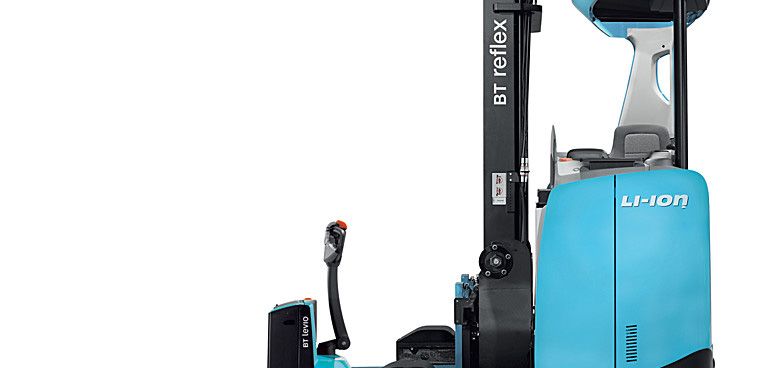The British Industrial Truck Association (BITA) has released a list of dos and don’ts regarding lithium-ion traction batteries.
Following a considerable increase in the uptake of the battery for electric-powered industrial vehicles, the Guidance Note GN69 ‘Lithium-Ion Traction Battery Applications’ from the trade association has been published in an attempt to educate its members on appropriate conduct and treatment.
Battery options
While forklifts, pallet trucks, tow tractors, scrubbing machines, lifting platforms and reach trucks have relied on electric power for a number of years now, it was lead-acid batteries that have typically provided the power.
However, lithium-ion is proving more likely to be a longer-term option and BITA has produced the publication to offer comprehensive guidance concerning the specification, transportation, storage, charging, handling, use, inspection, maintenance and disposal of the battery.
David Goss, BITA’s Technical Manager and the man responsible for leading the team that created the document, said, “In an industry that has been a long-time user of battery-powered vehicles, albeit of the lead-acid variety, there are many significant differences in the properties of the two types of batteries. In some cases, their differing characteristics are so significant that users need to have clear information to ensure their safe and efficient operation.
“UK take-up of lithium-ion technology was initially quite slow, but we are now seeing tremendous interest in the benefits that lithium-ion battery technology offers. These include ‘opportunity charging’, low maintenance and improved efficiency.
“However, there are some important dos and don’ts regarding the technology; BITA’s latest Guidance Note sets these out in plain English, providing invaluable, impartial advice for all users.”
BITA has led the way in publishing what it considers to be the most comprehensive independent advice currently available. While much of the information will be of interest in all markets, it also contains information specifically applicable to the UK.





